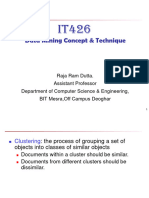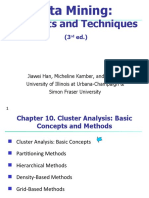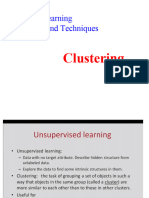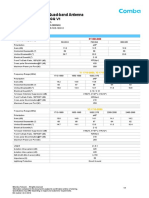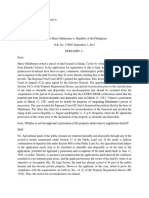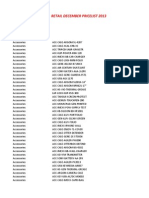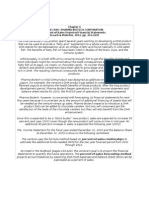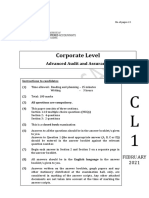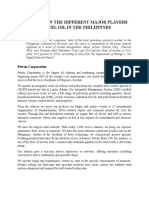0% found this document useful (0 votes)
43 views81 pagesClustering and K-Means Algorithm
The document provides an overview of unsupervised learning, focusing on clustering techniques, particularly the K-Means algorithm. It explains the differences between supervised and unsupervised learning, types of clustering, and various clustering methods, including hierarchical and density-based clustering. Additionally, it discusses applications of clustering and the challenges associated with the K-Means method.
Uploaded by
kritikamishra4000Copyright
© © All Rights Reserved
We take content rights seriously. If you suspect this is your content, claim it here.
Available Formats
Download as PDF, TXT or read online on Scribd
0% found this document useful (0 votes)
43 views81 pagesClustering and K-Means Algorithm
The document provides an overview of unsupervised learning, focusing on clustering techniques, particularly the K-Means algorithm. It explains the differences between supervised and unsupervised learning, types of clustering, and various clustering methods, including hierarchical and density-based clustering. Additionally, it discusses applications of clustering and the challenges associated with the K-Means method.
Uploaded by
kritikamishra4000Copyright
© © All Rights Reserved
We take content rights seriously. If you suspect this is your content, claim it here.
Available Formats
Download as PDF, TXT or read online on Scribd
/ 81







